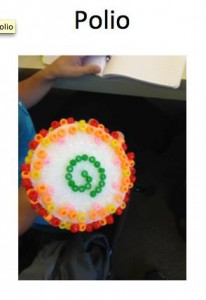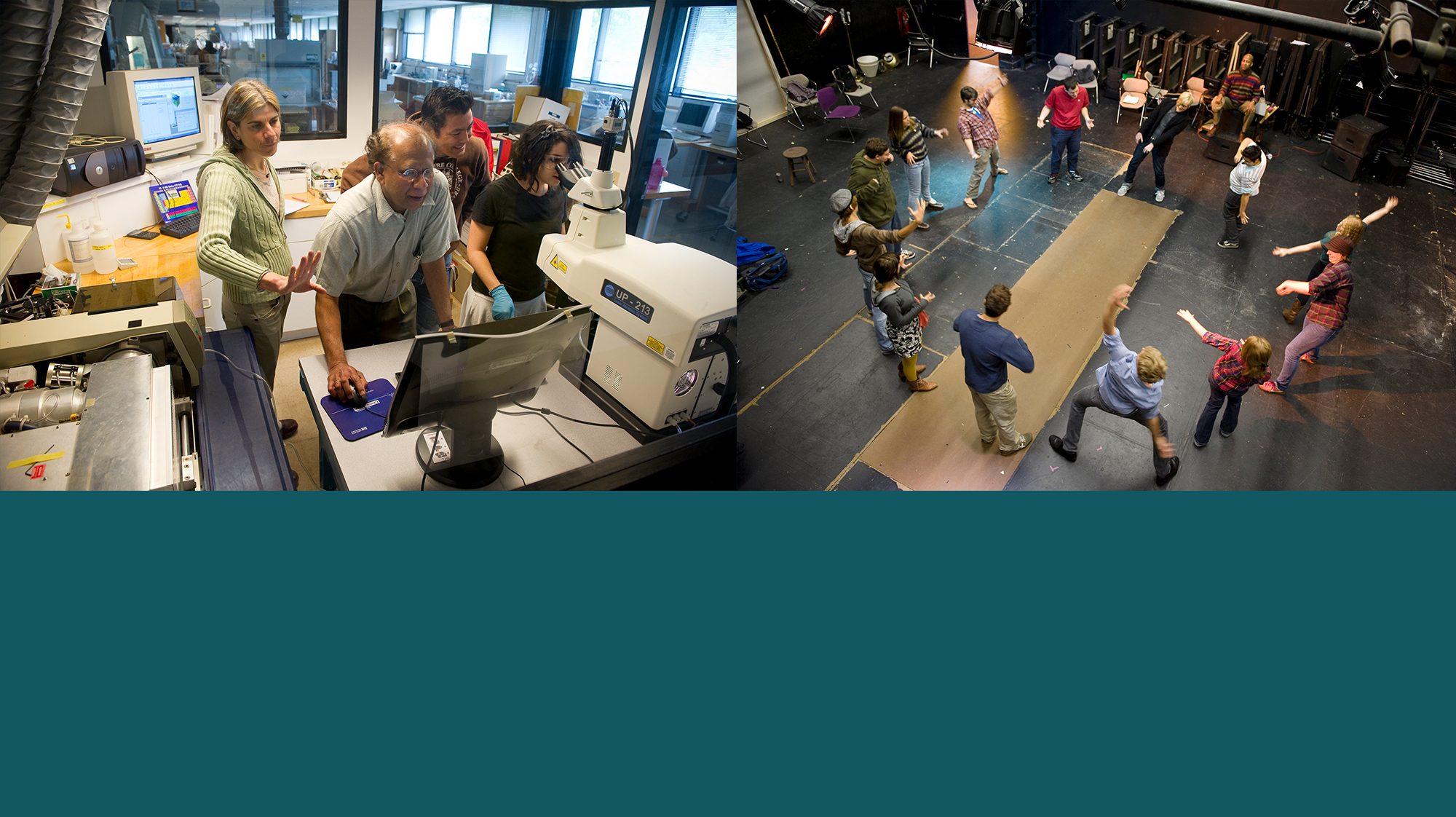 In Megan Dobro’s Virology class, students chose a “pet virus” that they will study in depth for the semester. The first assignment was to create a physical model of their virus. She has no artistic requirements; it just needs to be accurate. Megan gave ideas such as using clay, paper mache, found objects, or origami using online guides. Students presented their models to the class and showed how they represented the virus’s symmetry, structural components, and maybe dynamic processes. More important than the product, the process of creating a seemingly silly model got students to think more deeply. Looking only at two-dimensional pictures of viruses, students may not have realized that the viral shell has a complex, beautiful symmetry. Or that there are specific ways each viral component fits together, and that tells you something about which pieces rely on each other. Or that viruses are relatively simple particles and it’s amazing they wreak so much havoc on the world. Students might spend 15 seconds looking at a picture, but in the process of making a virus, they take time with their virus, studying all of the shapes and possible ways it can be built and taken apart. They start to ask questions that introduce advanced concepts. See the results of this year’s class models.
In Megan Dobro’s Virology class, students chose a “pet virus” that they will study in depth for the semester. The first assignment was to create a physical model of their virus. She has no artistic requirements; it just needs to be accurate. Megan gave ideas such as using clay, paper mache, found objects, or origami using online guides. Students presented their models to the class and showed how they represented the virus’s symmetry, structural components, and maybe dynamic processes. More important than the product, the process of creating a seemingly silly model got students to think more deeply. Looking only at two-dimensional pictures of viruses, students may not have realized that the viral shell has a complex, beautiful symmetry. Or that there are specific ways each viral component fits together, and that tells you something about which pieces rely on each other. Or that viruses are relatively simple particles and it’s amazing they wreak so much havoc on the world. Students might spend 15 seconds looking at a picture, but in the process of making a virus, they take time with their virus, studying all of the shapes and possible ways it can be built and taken apart. They start to ask questions that introduce advanced concepts. See the results of this year’s class models.


Center for Teaching and Learning
Fostering open exchange about teaching and learning among faculty and staff at Hampshire College